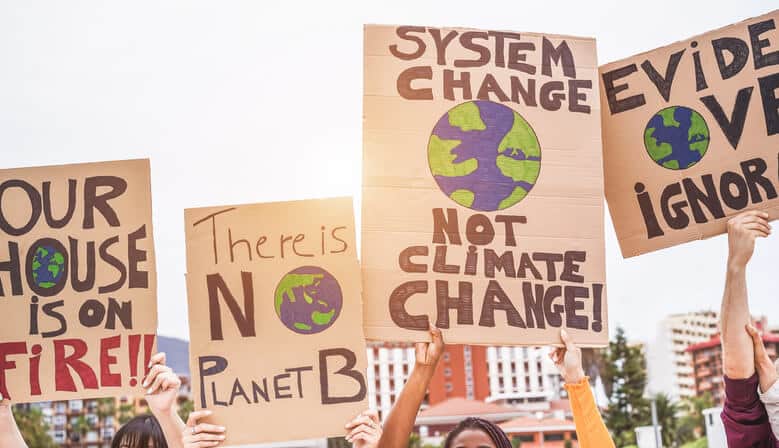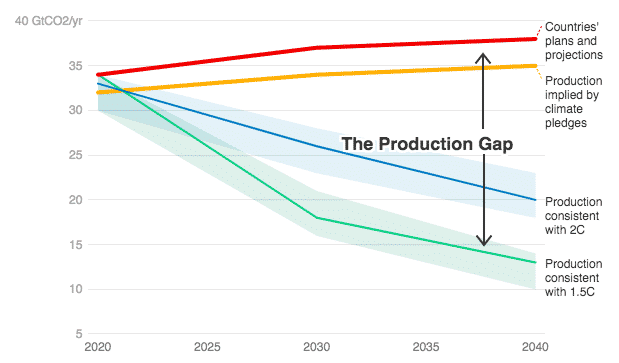Over the past years, the world has consistently seen Australia fail to do anything meaningful to fight climate change. And now, we’re watching Australia actively try its best to make it worse.
After our abysmal performance at COP26, an Australia Institute analysis reveals the government has over one hundred fossil fuel projects under development. If they were all to pass, they would contribute 1.7 billion tonnes of greenhouse gas emissions per year.
That number is equivalent to 5% of global industrial emissions. That number is almost double the annual carbon emissions produced by global aviation. That number is four times the emissions currently planned by China.
And it’s twenty-four times the annual emissions of all Pacific Island nations combined. Many of these same nations – our neighbours – are rightfully demanding major emitters like Australia end their fossil fuel production and expansion. Such demands hold particular weight considering that the overwhelming majority of the emissions forecasted by the Australia Institute report would be released offshore.
Though it’s unlikely all of the projects will go ahead, the report serves as a crystal-clear indication of Australia’s fossil fuel future. The government has approved the expansion of four coalmines in just one month, despite legal duty of care.

This is all despite Morrison’s promise of net zero by 2050. You might be thinking, ‘hang on, how on Earth do 116 fossil fuel projects fit into net zero emissions in the next 30 years?’
The government’s answer is a miscalculated stab in the dark – offsetting. Our emissions reduction strategy assumes 10-20% of necessary reductions will come from offsets like planting trees and improving soil health.
But scientists say these estimates far exceed peer-reviewed analysis of the extent to which offsetting is actually useful.
The government has predictably not released the modelling that underpins such analysis. If it exists, experts suggest it doesn’t take into account the limited capacity of carbon sinks like trees and soil, which eventually reach a storage equilibrium, or the impact of ‘climate change-enhanced bushfires’.
Co-author of the Australia Institute report Mark Ogge said of the government’s actions: “It is a scorched earth policy and is grossly irresponsible,” and called Morrison’s promise of net zero by 2050 a “complete fraud”.
The UN Environment Program’s October report shows that most emissions reductions targets and plans, including Australia’s, are not backed up by strategies for fossil fuel reduction.
The report found that by 2030, the world is expected to produce 110% more than what is necessary to limit global warming to 1.5C. That grows to 190% by 2040. And Australia, as the world’s largest coal exporter and second place for gas exports, is incredibly far off course in remedying the role it plays in this.

The Australian Institute’s recent Climate of the Nation report showed 70% of Aussies support a net zero target. An extensive YouGov survey showed overwhelming support for more climate change action in every single national seat.
Our emissions reduction plan says “We will continue to export our traditional energy exports for as long as our customers demand them.” My question is: What about what Australians are demanding?
The government is not elected by ‘customers’. It is elected by its citizens. And the message of the vast majority of the Australian public is clear. Do better, and do it now.
Follow Maddie’s journalism journey on Twitter.
Cover photo by Chris LeBoutillier on Unsplash.